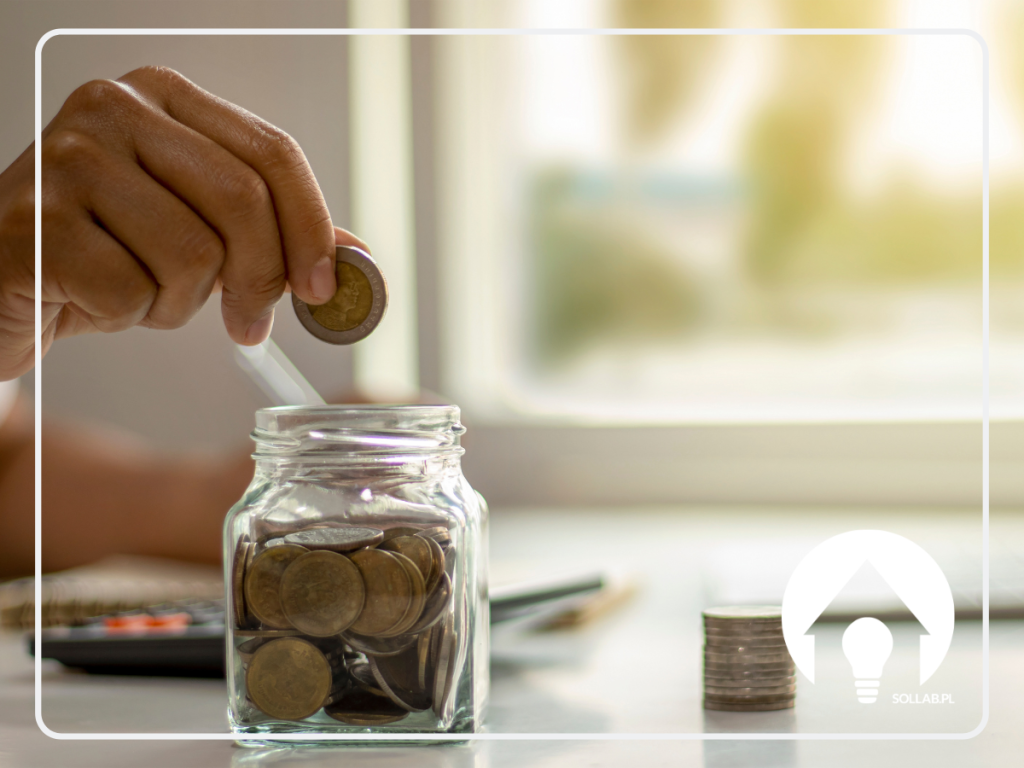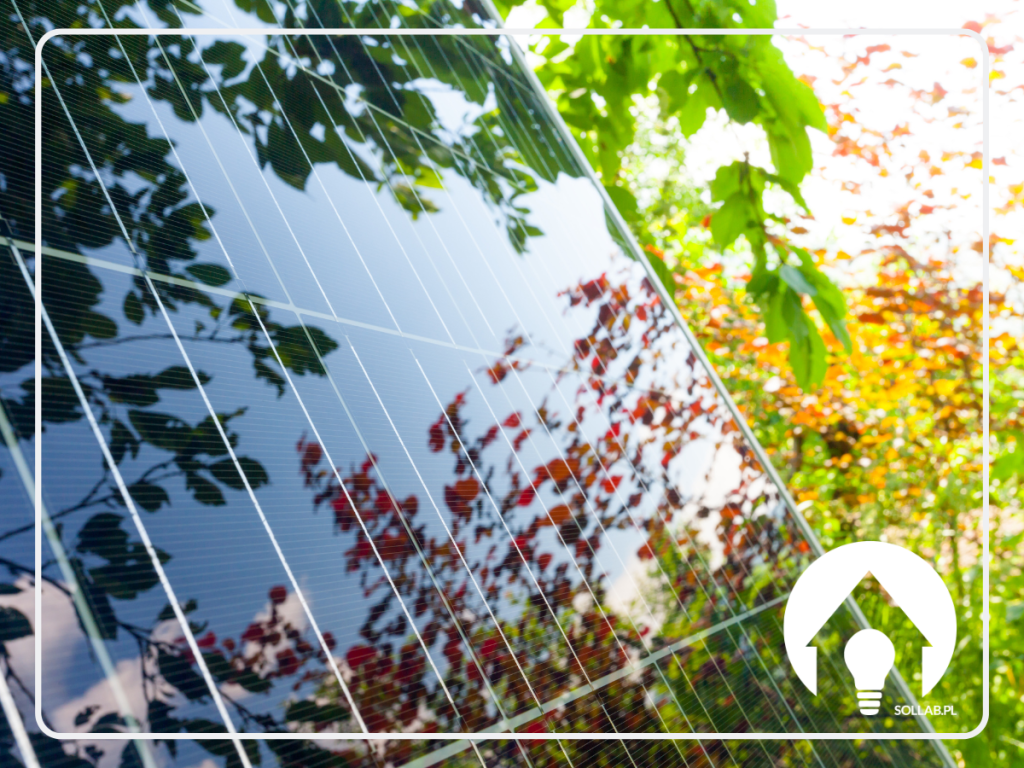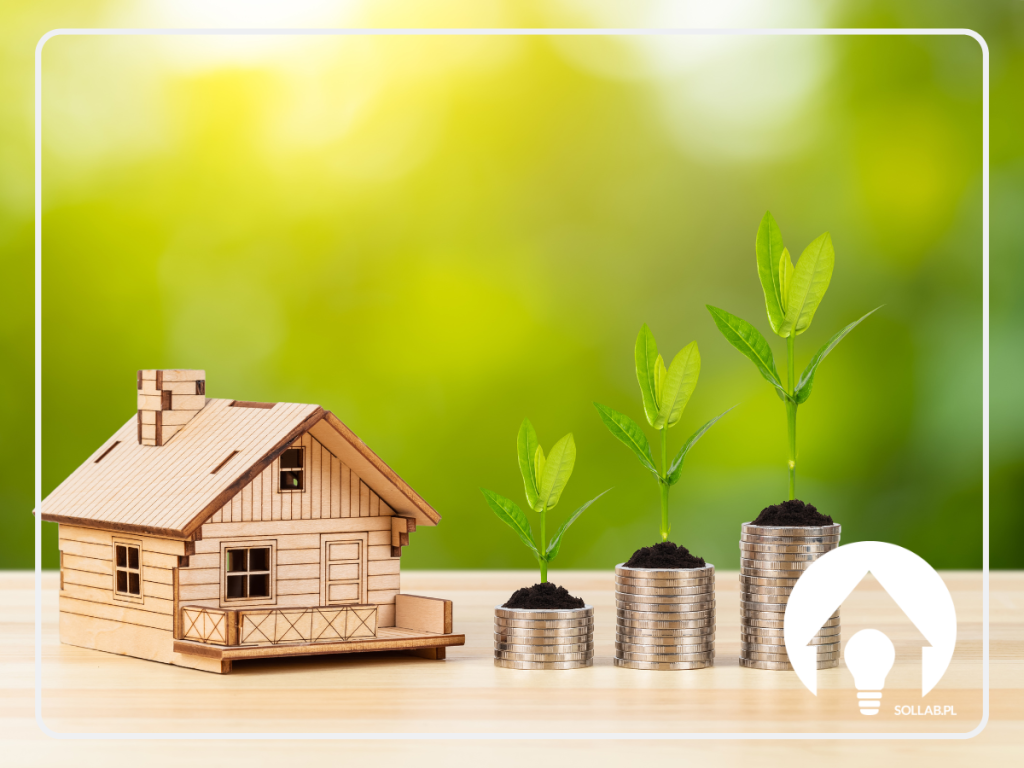Solar cables - what are their characteristics?
The use of solar energy has become an integral part of today's ecology and sustainability. One of the key components of photovoltaic systems are solar cables and wires, which act as the energy backbone, transmitting energy from the solar panels to the consumer equipment. In this article, we will take a closer look at this vital but often underestimated component of a solar installation.
Solar cables - basic information
Solar cables used for photovoltaic installations play an important role in putting together the connections between the various components of a photovoltaic installation. Usually made of copper, they have a thicker insulation layer than traditional electrical cables. Importantly, they are also characterised by their considerable flexibility, due to the need to withstand higher temperatures and a variety of external conditions. This is because photovoltaic cables are exposed to extreme temperatures, constant exposure to UV radiation and ozone, the effects of humidity and the risk of mechanical damage. Consequently, their design must meet high standards, ensuring not only effective electrical conductivity, but also durability and reliability in harsh environmental conditions.
How do you select solar cables?
In order to properly fit cables to a photovoltaic installation, it is essential to have the right knowledge and qualifications. The wrong type of cable and incorrect installation can lead to significant repair costs, as well as being a potential safety hazard. In the event of errors during installation, especially in strong winds, there is a risk that the entire installation may cease to function and, in extreme situations, there may even be a fire.
Parameters to look out for when choosing a solar cable:
- Operating temperature
Cables used in photovoltaic installations must be able to withstand extreme temperatures due to their wide operating range. The need to operate in conditions ranging from very low to very high temperatures is due to the variety of atmospheric conditions and climatic variability. In practice, this means that this type of cabling must be adapted to operate in a temperature range of -40°C to +90°C, and the temperature of the conductor itself can reach up to 120°C.
- UV resistance
Photovoltaic cables are specifically designed for use in photovoltaic systems to convert solar energy into electricity. Due to the variability of atmospheric conditions, cables designed for solar installations must have the characteristics of chemical resistance to water, resistance to ozone and insensitivity to UV radiation.
- Durability of cables for photovoltaics
An extremely important issue for the safe operation of a photovoltaic system is the durability of the cables used. The optimum lifetime parameters should be in line with the failure-free period of the entire photovoltaic system, which is usually around 20 years. However, modern standards and market expectations are driving manufacturers to offer cables with an even longer life span. Today, many manufacturers are supplying cables with a life expectancy of 30 years.
- Insulation
Insulation is an important parameter as it affects the durability of cables and their resistance to mechanical damage. Cables should be double insulated so that if one layer of insulation is damaged, the other layer protects against shock. In addition, cables should be characterised by their fire resistance. If a spark were to occur, the cables will not ignite and will not emit large amounts of smoke during a possible fire.
Which photovoltaic cable will be best?
When selecting cable for a photovoltaic installation, a key consideration is determining the thickness of the cable. The best results are obtained with single-core copper cables, which are available in a range of conductor cross-sections from 2.5 mm² to 10 mm² . The permissible nominal voltage on the conductors is 1.0 kV AC or 1.5 kV DC.
It is worth noting the double, independent insulation made of cross-linked plastic. In addition, the cable sheath can come in colours such as black, blue or red, depending on the version chosen. Optional variants are also available with an additional braid to protect against rodents.
When selecting cables, it is also worth paying attention to the availability of suitable connectors. These ensure not only the tightness but also the durability of the connections. It is advisable to use connectors of the same brand as the selected cables to ensure that they are fully compatible with each other. Such a comprehensive selection of materials guarantees not only the efficient operation of the photovoltaic installation, but also its durability and safety.
How should photovoltaic cables be routed?
Proper wiring in a photovoltaic installation is a key element that affects the efficiency, safety and aesthetics of the entire system. The following rules are recommended for the routing of cables in a photovoltaic installation:
- Vertical laying of solar cables on pitched roofs: Conductors should be routed vertically and additional covers, firmly attached to the roof, are recommended outside the PV module area.
- Avoiding dangling wires under PV modules: It is unacceptable for cables to hang loosely from under PV modules. It is recommended that they are fixed to the module frame or rails to ensure stability and tidiness in the wiring system.
- Reducing mechanical stress and strain: Solar cables should not be laid under mechanical stress and should avoid situations where they would be subjected to excessive stress.
Adhering to the above-mentioned rules for the wiring of the PV system with special solar cables will contribute to the safe operation of the PV system over a long period of time. This is an important measure that guarantees not only the safety, but also the efficiency and durability of the PV system.
















